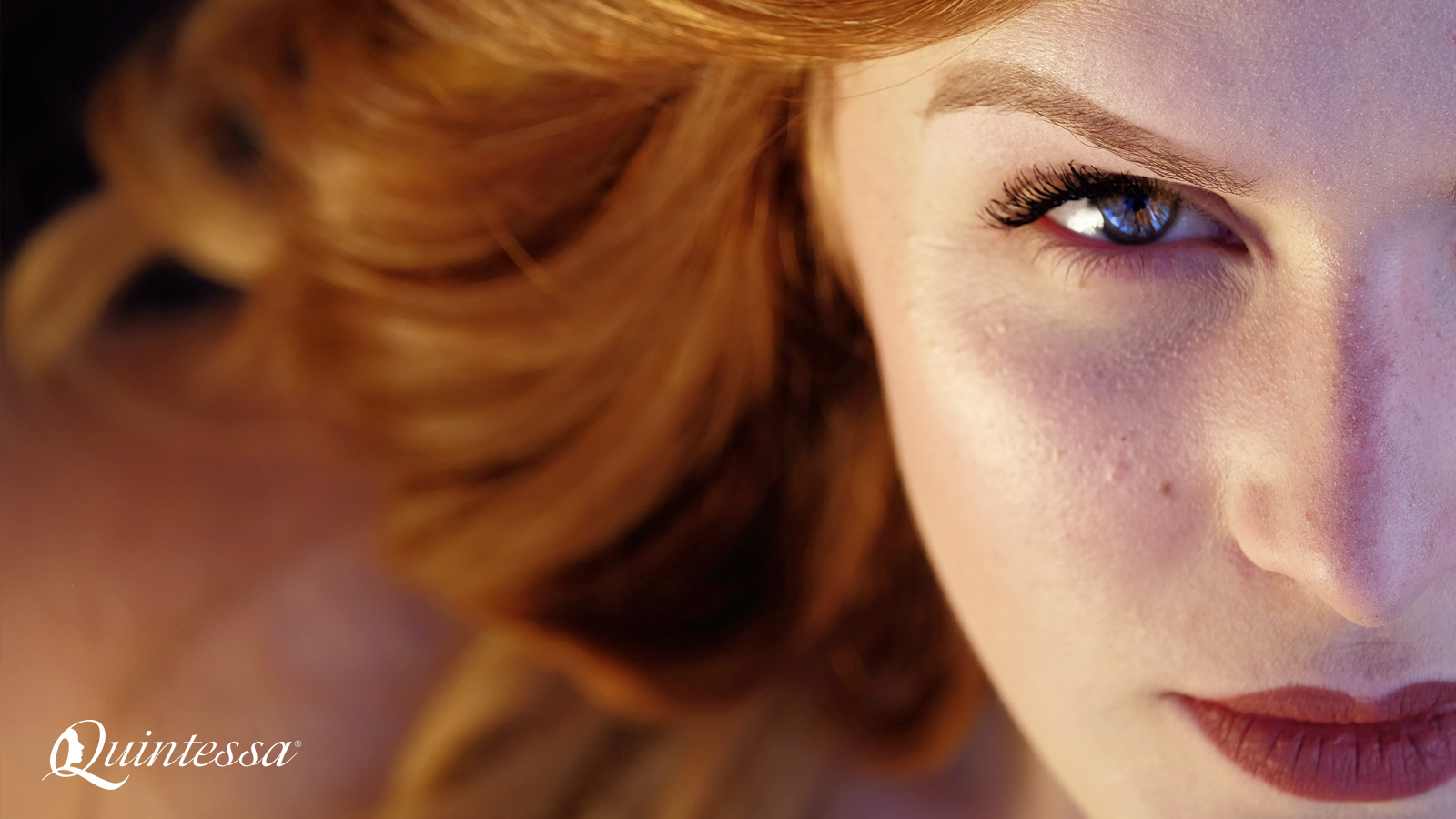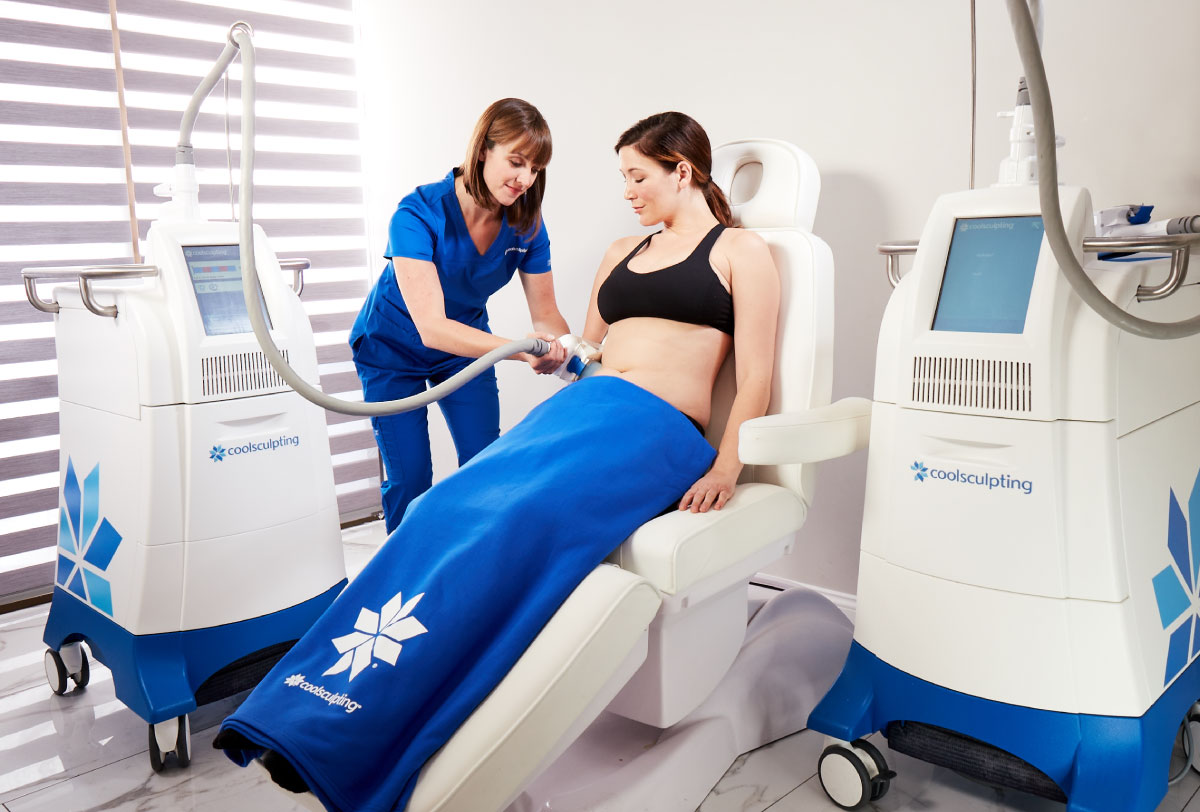
When considering neck liposuction, asking the right questions before your procedure can significantly impact your
Insights and Inspirations: Your Guide to Aesthetic Excellence

When considering neck liposuction, asking the right questions before your procedure can significantly impact your

While your procedure at Quintessa creates the foundation for beautiful results, the healing process that

Making the decision to undergo plastic surgery is exciting, but it is also a process

Chapter 1. Your Journey to Confidence Starts Here Have you ever looked in the mirror

If you’re looking for a way to boost your self-confidence and transform your appearance, a

Living a full life can take its toll on your physical appearance. After pregnancy and

Pregnancy and childbirth are amazing miracles, but both can leave you feeling like you’re living

When performing breast augmentation procedures, our Quintessa surgeons are on the leading edge of the

Botox has become one of the most popular cosmetic treatments in the last few decades

If you’re considering a tummy tuck (also known as an abdominoplasty), you’ve probably researched the

At Quintessa Aesthetic Centers in Delafield, Brookfield, Mequon, Middleton, and Sheboygan, our professionals offer a

For many women, breast appearance can be an important aspect of physical well-being and self-image.

5 Weight Loss Strategies for Success 5 Weight Loss Strategies for Success 5 Weight Loss

Hormones are the silent conductors of our bodies, directing countless aspects of our health, from

As the holiday season approaches, the quest for the perfect gift begins. In this season

In the last few years, cosmetic surgery has become more popular in the U.S. —

Facelift surgery is a popular cosmetic procedure that helps individuals in Wisconsin rejuvenate their appearance

If you’re looking to update your appearance while boosting your confidence, many aesthetic centers in

While your procedure at Quintessa creates the foundation for beautiful results, the healing process that

Making the decision to undergo plastic surgery is exciting, but it is also a process

Chapter 1. Your Journey to Confidence Starts Here Have you ever looked in the mirror

If you’re looking for a way to boost your self-confidence and transform your appearance, a

Botox has become one of the most popular cosmetic treatments in the last few decades

In the ever-evolving world of cosmetic procedures, two treatments reign supreme for those wishing to

Are you curious about buccal fat removal surgery and its effectiveness? We understand that everyone

Mini-lifts and eyelid lifts are becoming very popular, even in the midwest, and it’s no wonder why.

Many people struggle with getting rid of double chin fat (submental fat) no matter what

Many people ask about the effectiveness of a Botox brow lift, how its done, and

What Does Botox Do? After more than a decade on the market, Botox remains one
Everyone wants long, full eyelashes, but very few have them after a certain age. In

Making the decision to enhance your body is deeply personal. Many consider breast augmentation for

Deciding to enhance your figure with breast implants is a personal choice that requires careful

Pregnancy changes the body in many ways. Weight fluctuations, stretched skin, and shifting fat deposits

In the last few years, cosmetic surgery has become more popular in the U.S. —

If you’re looking to update your appearance while boosting your confidence, many aesthetic centers in

Breast reduction surgery, also known as reduction mammaplasty, is more than just a medical procedure

When considering neck liposuction, asking the right questions before your procedure can significantly impact your

While your procedure at Quintessa creates the foundation for beautiful results, the healing process that

Living a full life can take its toll on your physical appearance. After pregnancy and

When performing breast augmentation procedures, our Quintessa surgeons are on the leading edge of the

If you’re considering a tummy tuck (also known as an abdominoplasty), you’ve probably researched the

At Quintessa Aesthetic Centers in Delafield, Brookfield, Mequon, Middleton, and Sheboygan, our professionals offer a

In the world of skin treatments today, lasers are the big game-changers. Two laser treatments

CoolSculpting has quickly emerged as a popular, non-invasive treatment for targeted fat reduction. As more

Embarking on a mommy makeover journey is an empowering decision for mothers in Wisconsin. This

Pregnancy and childbirth are amazing miracles, but both can leave you feeling like you’re living

For many women, breast appearance can be an important aspect of physical well-being and self-image.

5 Weight Loss Strategies for Success 5 Weight Loss Strategies for Success 5 Weight Loss

Hormones are the silent conductors of our bodies, directing countless aspects of our health, from

As the holiday season approaches, the quest for the perfect gift begins. In this season

For as long as we can remember, people have been crazy about staying young. The

Are you curious about IV drip therapy and its potential benefits? At Quintessa Wellness Center,

Whether you purchase your skincare products from Quintessa Medical Spa, a drugstore, or a cosmetics
Whether you’re considering enhancing your natural beauty or seeking a new level of confidence, our team of licensed professionals is here to guide you every step of the way.
© 2025 Quintessa. All Rights Reserved | Privacy Policy | Terms & Conditions | Disclaimer | Editorial Policy